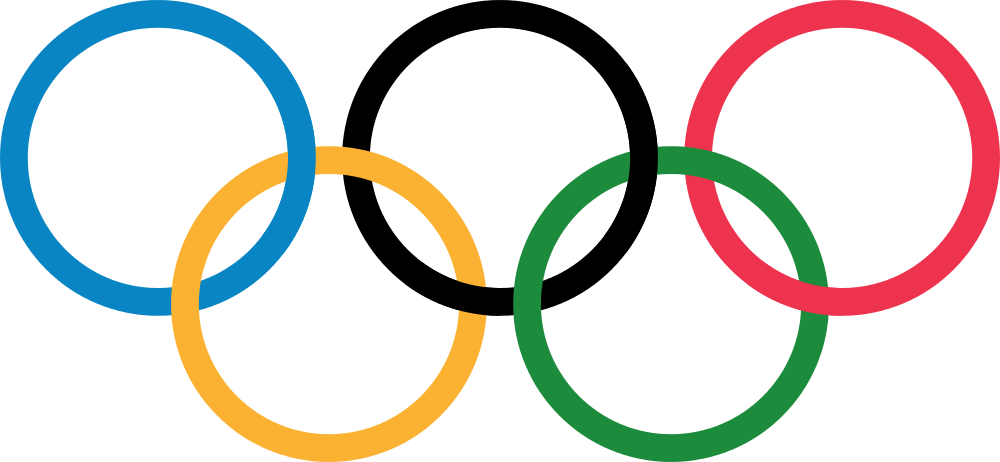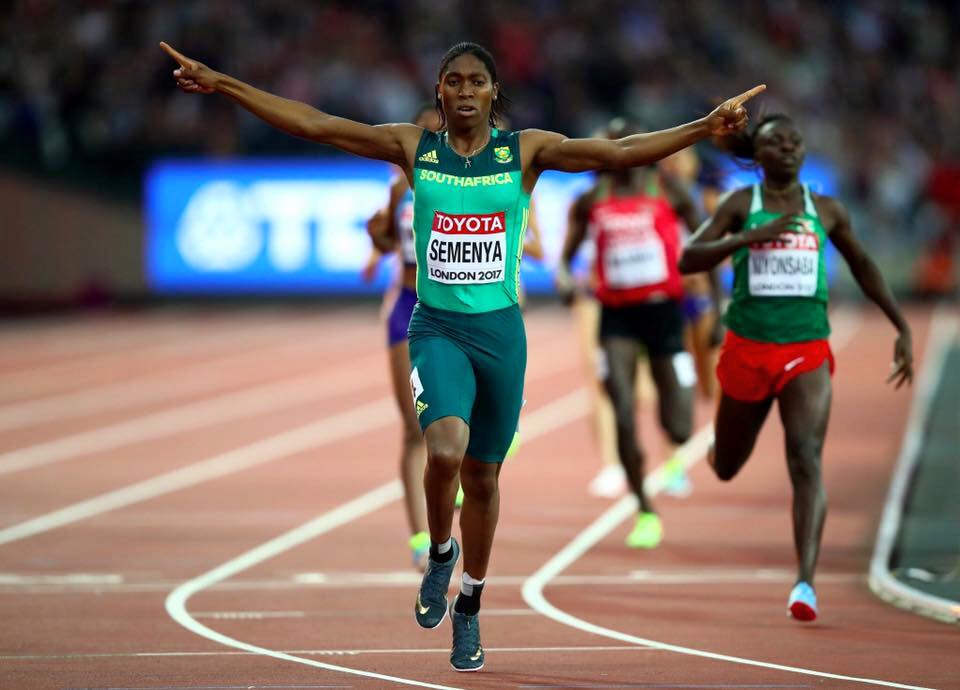IOC transgender policy stalled in advance of Tokyo 2020
Not surprisingly, the IOC's efforts to come up with a male-to-female transgender athlete policy have bogged down

According to a report in the Guardian newspaper, The International Olympic Committee has been trying to formulate a policy on male-to-female transgender athletes that would affect athletes in all sports going into the next Olympics in 2020, but its panel of scientists has reached an impasse on the matter, because of conflicting views on the science on the issue and the highly sensitive and controversial nature of the debate.
RELATED: Canadian researcher to study female transgender athletes
The current guidelines, which date from 2015, stipulate that male-to-female transgender athletes may compete without undergoing transition surgery provided they maintain a maximum testosterone level of 10 nanomoles per litre for at least 12 months prior to competition, and many countries’ sports federations follow these guidelines. But some scientists reportedly feel this is too lenient, considering women’s testosterone levels average between 0.12 and 1.79 nmol/l and men’s between 7.7 and 29.4 nmol/l. (Previous to 2015, male-to-female transgender athletes were required to have had sex-reassignment surgery to compete at the Olympic Games.)
This is not a massive surprise – the IOC has delayed its transgender guidelines and it appears that the issue will now be kicked across to individual sports to create their own. This is an issue where single leadership would be far, far preferable. https://t.co/OzjKyPGOzS
— Ross Tucker (@Scienceofsport) September 25, 2019
Since 5 nmol/l is below the level of most biological males, many feel this level is an appropriately inclusive without threatening the integrity of the female category of sport, since it would mitigate any residual advantage transgender athletes might hold as a result of going through puberty as a male. But the science on the subject is conflicting, with some studies showing that those benefits persist even beyond a year of reduced hormone levels, and others showing significant declines in athletic performance.
Canadian researcher and athlete Joanna Harper’s position that trans athletes’ physical advantages are outweighed by their drastic under-representation in sport is mentioned in the article. In July we reported that Harper is embarking on a research study of male-to-female transgender athletes at Britain’s Loughborough University. Harper’s experience as an athlete who competed as a man before her 2004 transition was that within nine months of starting hormone therapy, her performances had declined about 12 per cent–exactly the amount that experts widely agree separate men’s performances from women’s at the highest level of elite distance running.
RELATED: June Eastwood to become first transgender woman to compete in NCAA Division I XC
The limit being imposed by the IAAF on female athletes with DSD racing track distances of between 400m and the mile, most famously affecting South African 800m runner Caster Semenya, is 5 nmol/l. Though the situation is slightly different, these athletes having been born with a condition resulting in naturally higher testosterone levels, they are often discussed at the same time.) The Swiss Federal Court decided some weeks ago that Semenya should not be allowed to race at the World Championships while it is hearing her appeal of the May 1 ruling by the Court of Arbitration for Sport.

According to the article, the IOC plans to encourage individual sports federations to formulate their own policies between now and Tokyo 2020, while those sports federations that have not previously had well-defined policies around transgender athletes naturally look to the IOC for leadership on the subject. The article does not mention the IAAF and its travails over the Semenya case, or the implications for developing a transgender policy.
At the moment there are no transgender athletes competing at the level of the Olympics on the track or in the marathon, but that is obviously expected to change.


